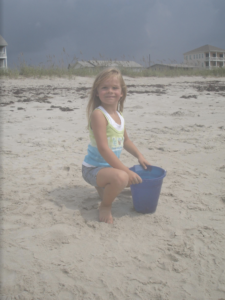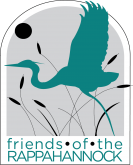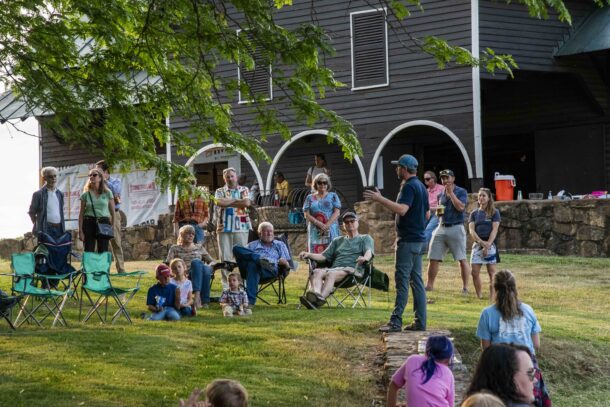Please keep off the dunes. To me these signs are synonymous with going to the beach. They’re posted every so often in the sandy hills near the shore to remind people to use designated walkways. As a child my parents explained these signs to me, and I learned why I couldn’t just walk anywhere at the beach.
child my parents explained these signs to me, and I learned why I couldn’t just walk anywhere at the beach.
The dunes, and plants that grow on them, are vital to the shoreline ecosystem. They’re a habitat for little creatures and protect the inland from large waves and flooding. Understanding the importance of the dunes, helped me to do my part in preserving the natural landscape when I visited the coast. Experiences like those started to foster what is now my long-held love of going to the beach and spending time outdoors.
Caring for nature and the environment is more easily done when we have first developed an understanding, mutual respect, and appreciation for the earth. This is especially true in the younger years of life. Giving children opportunities to be in nature and have fun is enormously beneficial. Researchers, like Catherine Broom, Assist. Prof. in the Faculty of Education at UBC Okanagan, have found that younger people are influenced by the positive experiences they have outdoors. These hidden learning opportunities help form their outlook on nature as they mature. It helps them grow in many developmental areas, but especially helps them realize they are part of a greater good.
In their lifetime, children can take part in caring for nature. Yet, this all starts with getting them outside and having fun. Sometimes this can seem to be a difficult task. What should we do outside? Friends of the Rappahannock is here to help answer that question. We’ve included below some easy DIY Toddler Time ideas to assist in encouraging children to get outside and interested in nature. Some fun ideas are outdoor scavenger hunts, playing animal themed games in the grass, and reading children’s books that relate to nature. Learning more about the environment and spending time outside is valuable regardless of your stage of life. Having more knowledge about our home, planet earth, informs the decisions that we make, like choosing to recycle and not letting the water run while we aren’t using it. Having an intentional, steady approach to environmental education can aid in developing children into adults that can make informed decisions and understand their impact. This can start by helping a child look for earth worms or explaining why we need to keep off the dunes.
Environmental education has no age limits, so let’s help children start learning about our environment now!
This guest blog post was written by our Intern Anna Grace Tomlinson, an undergraduate student at Virginia Tech.





